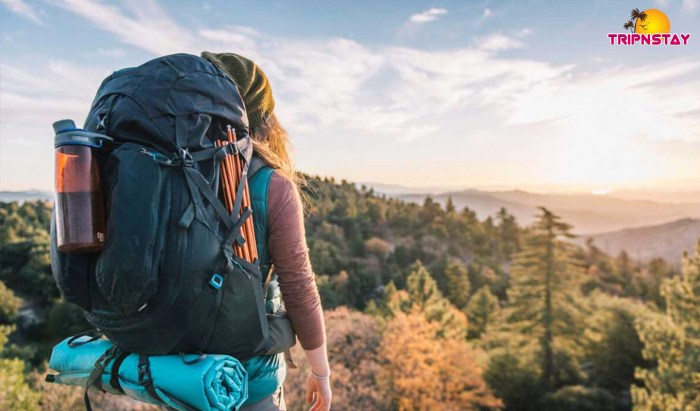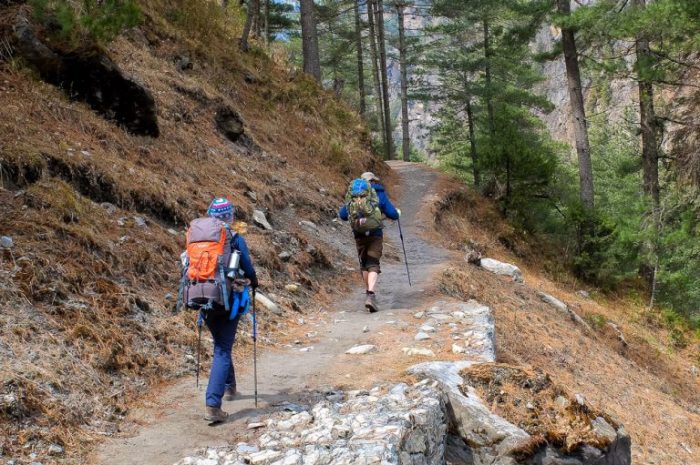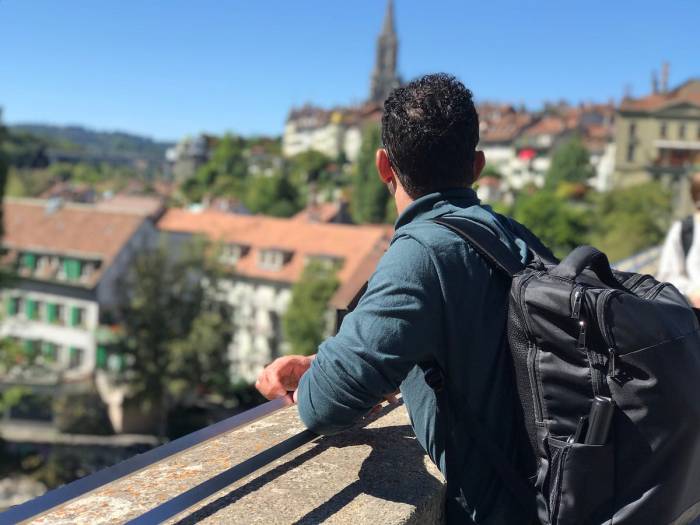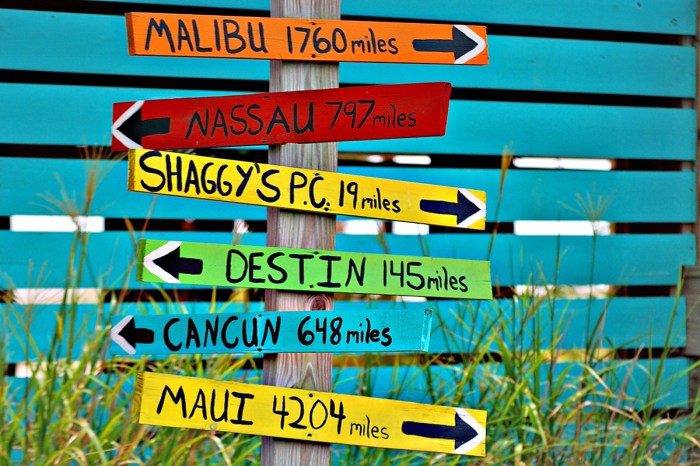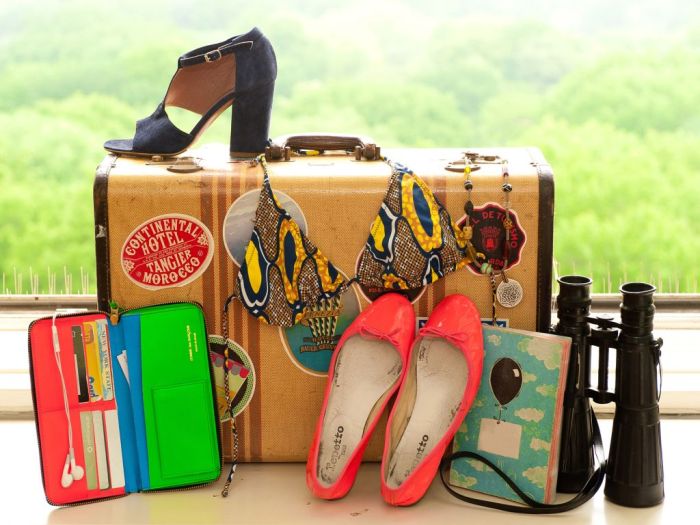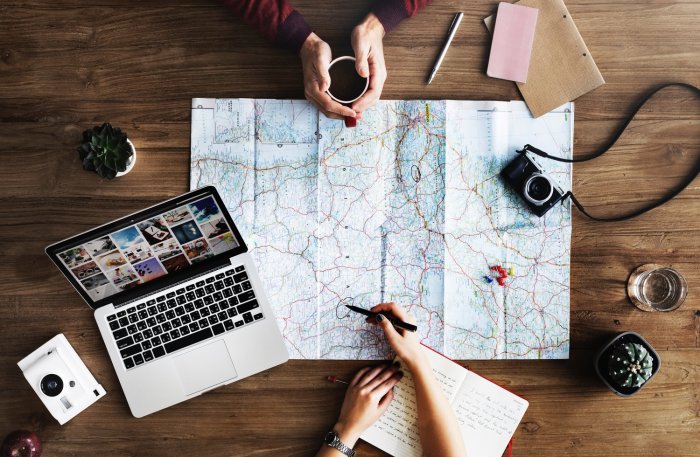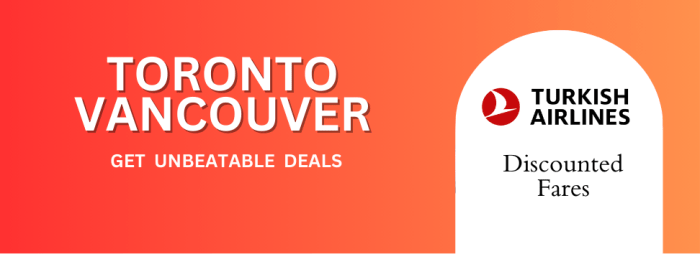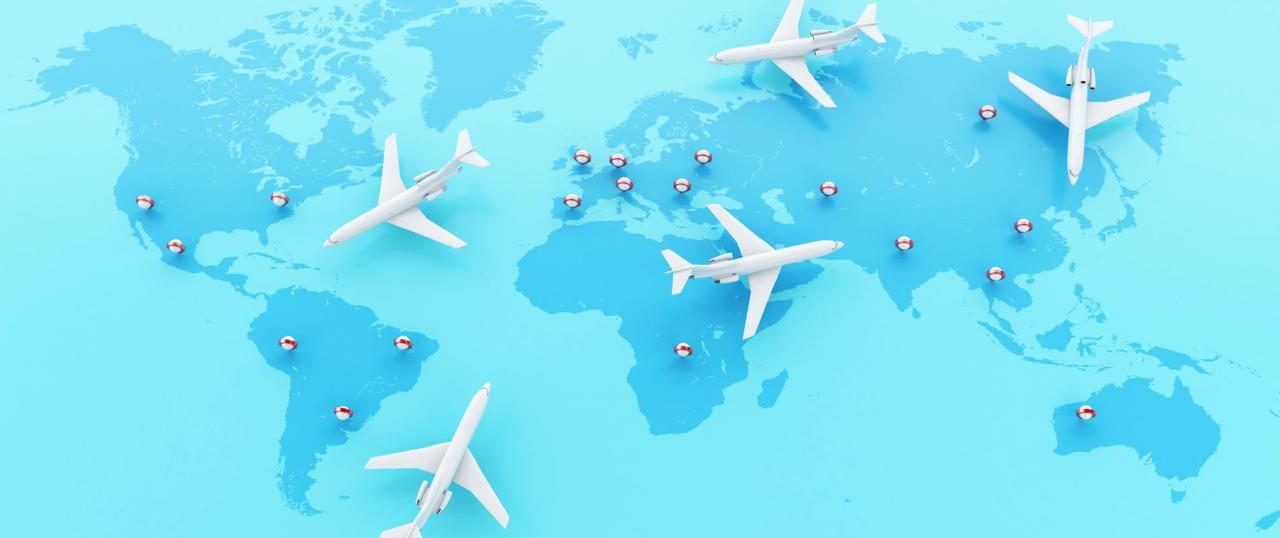Trip around the world itinerary: Embark on an extraordinary global adventure. This comprehensive guide provides a roadmap for planning your dream journey, from initial conceptualization to execution. Discover the diverse approaches to crafting your unique trip, from budget-friendly to luxury experiences, and everything in between.
This detailed Artikel covers crucial aspects like defining your trip, setting a realistic budget, planning your route, choosing transportation, securing accommodations, planning activities, ensuring essential documents are in order, prioritizing health and safety, and embracing flexibility for a truly unforgettable journey. Learn how to maximize your experience while minimizing stress and maximizing your budget.
Defining the Trip
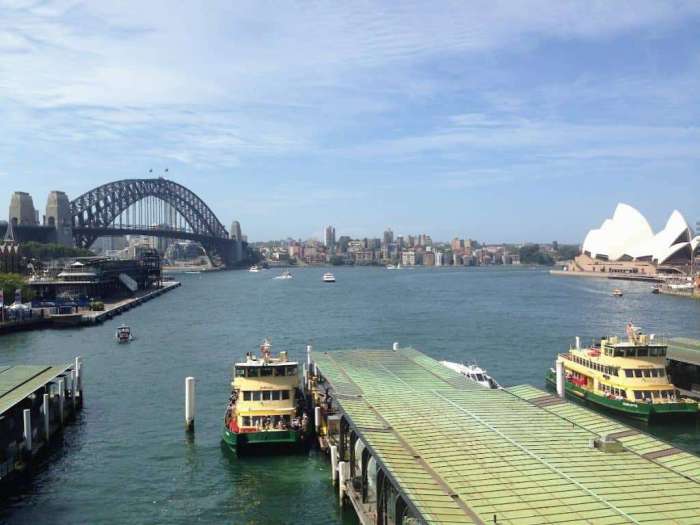
Source: aroundtheworldin24hours.com
A trip around the world itinerary represents a significant undertaking, demanding meticulous planning and a deep understanding of global travel. It’s more than just a collection of destinations; it’s a carefully crafted journey designed to maximize cultural immersion, personal growth, and exploration of diverse landscapes. This approach contrasts sharply with shorter trips focusing on specific locations or interests.This detailed plan encompasses a comprehensive range of considerations, from visa requirements and budgeting to logistics and personal well-being.
It’s a unique blend of adventure, culture, and self-discovery, ultimately shaping a profound and unforgettable experience.
Key Characteristics of a Trip Around the World
This type of travel differs from other itineraries in several crucial ways. A trip around the world itinerary often involves a greater commitment of time and resources. It prioritizes a wider scope of experiences, often encompassing various cultural environments, geographical locations, and personal pursuits. The itinerary meticulously Artikels a global journey, with a defined start and end point, and a logical sequence of destinations.
Types of Trips Around the World
Different travelers have varying priorities and budgets. Consequently, various types of trips around the world itineraries cater to diverse needs and preferences.
- Budget Trips: These itineraries prioritize affordability, often focusing on budget-friendly accommodations, transportation, and local cuisine. They emphasize maximizing experiences within a constrained budget, often involving longer stays in a single location to reduce travel costs. Examples include utilizing budget airlines, homestays, and public transportation, as well as taking advantage of free activities like walking tours and local markets.
- Luxury Trips: These itineraries cater to travelers seeking unparalleled comfort, exceptional amenities, and exclusive experiences. They often involve high-end accommodations, private transportation, gourmet meals, and access to exclusive events. Examples include utilizing private jets, staying in luxury hotels, and experiencing personalized tours.
- Adventure Trips: These itineraries are designed for thrill-seekers, encompassing challenging activities, remote locations, and unique adventures. They prioritize physical exertion, exploration of natural wonders, and experiencing diverse cultures through active participation. Examples include trekking in the Himalayas, white-water rafting, or exploring remote islands.
Planning Approaches: Independent vs. Guided
The approach to planning a trip around the world significantly impacts the overall experience. Two primary approaches are independent and guided travel.
- Independent Travel: This approach allows for maximum flexibility and personalization. Travelers design their itinerary according to their interests, pace, and budget. They typically handle all aspects of the trip, including booking accommodations, transportation, and activities. This freedom comes with the responsibility of independent research and decision-making.
- Guided Travel: This approach offers a structured experience, with pre-planned itineraries and assistance from travel experts. Travelers benefit from logistical support, pre-arranged accommodations, and curated experiences. This approach often includes pre-booked flights, transfers, and excursions, reducing the planning burden but potentially limiting flexibility.
Key Elements for Designing a Trip
A well-structured trip around the world itinerary necessitates careful consideration of several key elements. These elements are essential to ensure a smooth and fulfilling experience.
- Destination Selection: Choosing destinations that align with interests and travel style is paramount. Consider factors like climate, culture, and activities. A detailed research process should be employed, to identify the best balance between the desire for unique experiences and the practicalities of travel logistics.
- Budgeting: Creating a realistic budget is crucial to avoid financial strain. Factor in costs for flights, accommodations, activities, and unforeseen expenses. Researching prices in different locations and using comparison tools is highly recommended.
- Visa Requirements: Research visa requirements for each destination in advance. Ensure that all necessary documents are prepared well in advance of the trip to avoid any unexpected delays.
- Transportation: Plan transportation between destinations. Consider factors such as flight schedules, train routes, and local transportation options. Optimize the itinerary to minimize travel time and maximize time spent in each location.
- Accommodation: Choose accommodations that align with the budget and preferences. Consider factors such as location, amenities, and reviews.
- Activities: Research activities that align with interests and the destinations. Factor in time needed for activities and plan accordingly.
- Health and Safety: Consider health concerns and safety precautions, including vaccinations, insurance, and local regulations.
Budget Considerations
Planning a trip around the world demands careful budgeting. A comprehensive approach to estimating costs, coupled with strategic cost-saving measures, is crucial for a smooth and fulfilling journey. This section delves into essential aspects of budgeting, providing a framework for effective financial management throughout the expedition.Effective budgeting for a global adventure necessitates a meticulous approach to estimating expenses across various categories.
This includes transportation, accommodation, food, activities, and visa costs. A detailed breakdown of each category allows for realistic cost projections and helps allocate funds accordingly.
Estimating Total Trip Cost
A precise estimate of the total trip cost is paramount. This requires meticulous research and careful consideration of the specific itinerary. Factors such as the duration of the trip, chosen destinations, and preferred level of comfort significantly influence the overall expenditure. For example, a backpacking trip across Southeast Asia will likely cost considerably less than a luxury cruise around the world.
Incorporate fluctuating exchange rates and potential unexpected expenses in your estimations. This can be achieved by using a spreadsheet or dedicated budgeting app to track anticipated costs and monitor actual expenses against the budget.
Cost-Saving Strategies
Adopting cost-saving strategies is vital for managing a global adventure budget. Travel during the off-season, opting for budget-friendly accommodation options, and preparing meals rather than eating out frequently are some key strategies. Utilizing public transportation instead of taxis, and seeking free activities in each location, can significantly reduce expenditure. Leveraging travel rewards programs and discounts can also play a role.
Consider exploring alternative accommodation options like hostels or homestays, which can drastically reduce accommodation costs.
Budget Categories
Several budget categories must be considered. Detailed estimation within each category is essential for effective planning and management.
- Transportation: This encompasses airfare, train tickets, bus fares, and other forms of transportation. Researching various transportation options and booking in advance can yield substantial savings. Consider using budget airlines, and opt for train travel in regions with extensive rail networks.
- Accommodation: This category includes costs for hotels, hostels, guesthouses, and other lodging options. Explore a wide range of accommodation types to find the most suitable option for your budget.
- Food: Food costs can vary considerably depending on the region and dietary preferences. Eating at local eateries, preparing some meals, and utilizing grocery stores can drastically reduce food costs.
- Activities: This includes costs for entrance fees, tours, and other activities. Research free activities, explore local markets, and participate in free events to reduce expenses in this area.
- Visas: Visa costs and associated fees can vary greatly depending on the countries visited. Research visa requirements and obtain them well in advance to avoid unexpected delays or costs.
Sample Budget Breakdown (3-Month Trip)
A sample budget breakdown for a three-month trip around the world can provide a realistic illustration of potential expenses.
| Category | Estimated Cost (USD) |
|---|---|
| Transportation | $2,000 |
| Accommodation | $1,500 |
| Food | $1,000 |
| Activities | $800 |
| Visas | $300 |
| Contingency Fund | $500 |
| Total | $6,100 |
This example highlights potential savings through careful planning and cost-effective choices.
Funding Options
Several funding options exist for a trip around the world. Saving diligently over time is a viable approach, allowing for a gradual accumulation of funds. Utilizing loans, either personal or travel-specific loans, should be considered as a last resort. Crowdfunding can be an option for those seeking to raise funds from a wider network. Consider starting a blog or social media presence to raise awareness about the trip and potentially secure funding from supporters.
Route Planning: Trip Around The World Itinerary
Global travel has become increasingly popular, driven by a desire for exploration and personal growth. Planning a circumnavigation requires careful consideration of logistics, personal preferences, and available resources. A well-defined route, balanced with flexibility, is key to a successful journey.A meticulously planned itinerary, incorporating specific destinations, durations, and transportation methods, can significantly enhance the overall travel experience. The flexibility to adapt the route based on personal preferences and unforeseen circumstances is equally important.
Analyzing potential routes and evaluating their advantages and disadvantages will provide valuable insights into the planning process.
Possible Route for a 6-Month Trip
A six-month trip around the world necessitates a well-defined route, balancing popular destinations with unique experiences. A possible route could focus on specific regions or continents, tailoring the experience to the traveler’s interests.
Detailed Itinerary
This itinerary focuses on Asia, Europe, and North America, offering a blend of culture, history, and natural beauty.
| Destination | Duration | Activities | Estimated Costs |
|---|---|---|---|
| Tokyo, Japan | 14 days | Explore historical sites, experience vibrant culture, visit modern museums | $3,000-$4,000 |
| Kyoto, Japan | 7 days | Temple visits, traditional tea ceremonies, scenic landscapes | $2,000-$3,000 |
| Paris, France | 10 days | Iconic landmarks, museums, culinary experiences | $2,500-$3,500 |
| Amsterdam, Netherlands | 7 days | Canals, museums, bike tours, cultural immersion | $2,000-$3,000 |
| New York City, USA | 14 days | Iconic landmarks, Broadway shows, diverse culinary scene | $3,500-$4,500 |
| San Francisco, USA | 7 days | Golden Gate Bridge, Alcatraz, Fisherman’s Wharf, diverse culinary scene | $2,500-$3,500 |
Travel Route Considerations
Different routes offer unique experiences and challenges. A route focusing on Southeast Asia, for instance, could offer a more budget-friendly option, while a route encompassing Europe and North America might emphasize historical and cultural immersion. The choice of route depends on the traveler’s interests and budget.
Adapting the Route
A predefined itinerary can be adjusted to reflect personal preferences and interests. For example, a traveler interested in wildlife could extend their stay in national parks or wildlife reserves. Adjusting flight schedules and hotel stays can also be done to optimize the journey.
Transportation Options
Global travel necessitates careful consideration of various transportation methods. Choosing the right mode significantly impacts the overall trip experience, balancing cost, time constraints, and personal preferences. This section explores diverse options, from budget-friendly buses to high-speed rail, and analyzes the intricacies of international travel.
Evaluating Transportation Modes
Different transportation methods offer varying levels of comfort, convenience, and affordability. Flights are often the fastest option, but can be expensive, especially for long-haul journeys. Trains provide a unique travel experience, offering scenic routes and often comfortable accommodations. Buses are a cost-effective alternative, but may involve longer travel times. Ferries are ideal for island hopping or coastal routes, but can be unpredictable depending on weather conditions.
Comparing Costs, Time, and Convenience
- Flights: Flights offer the fastest travel times, especially for long distances. However, airfare can vary greatly depending on the route, booking time, and airline. Consider factors like baggage allowances, in-flight amenities, and layover durations. Examples include budget airlines like Ryanair or Southwest for cost-conscious travelers, versus premium airlines with added comfort and services.
- Trains: Trains are a popular choice for long-distance travel, often offering scenic routes and comfortable seating. Train tickets can range from affordable to expensive, depending on the class and route. Consider the train’s schedule and frequency, as well as the availability of direct routes.
- Buses: Buses are a budget-friendly option, often the cheapest way to travel between cities or countries. Travel times are typically longer than flights or trains, and comfort levels can vary. Consider factors like luggage allowances, restroom availability, and overall amenities.
- Ferries: Ferries are well-suited for island hopping and coastal routes. Ferries offer a unique perspective of coastal landscapes and can be more cost-effective than flying between islands. Consider factors like ferry schedules, potential delays due to weather, and onboard facilities.
Transportation Options Comparison
| Transportation Mode | Pros | Cons |
|---|---|---|
| Flights | Fastest travel time; Wide network; Variety of airlines | High cost; Potential for delays; Security checks and regulations; Limited flexibility |
| Trains | Scenic routes; Comfortable accommodations; Direct routes often available | Can be slower than flights; Limited availability in certain areas; Higher cost compared to buses |
| Buses | Most affordable option; Wide coverage of routes | Longest travel times; Varying comfort levels; Less frequent schedules |
| Ferries | Unique travel experience; Ideal for island hopping; Cost-effective in some cases | Potential for delays due to weather; Limited routes; Can be less convenient for long distances |
Visa Requirements and Documents
Visa requirements vary significantly based on the traveler’s nationality and destination countries. It is crucial to research and apply for necessary visas well in advance. Comprehensive documentation is essential, including passports, visas, travel insurance, and proof of financial resources.
Crafting a compelling trip around the world itinerary demands meticulous planning. Considering diverse destinations and potential travel disruptions is crucial. A deep dive into the nuances of international travel, like visa requirements and cultural sensitivities, is a key aspect of a successful journey. A wealth of information on Travel can be invaluable for research, from choosing flights to securing accommodations.
Ultimately, the goal remains a well-organized, enriching global journey.
Booking Flights and Accommodations
Booking flights and accommodations in advance is highly recommended, especially for popular destinations during peak seasons. Utilizing travel aggregator websites and flight comparison tools can help identify the best deals and prices. Consider booking accommodations through reputable websites and platforms that offer secure payment options and customer support. These steps can help optimize the budget and ensure a smoother trip experience.
Accommodation Strategies
Global travel necessitates careful consideration of accommodation choices, impacting both budget and experience. Strategic selection can significantly enhance a trip’s enjoyment, while poor choices can diminish it. Finding the right balance between comfort, affordability, and cultural sensitivity is key to a successful journey.
Accommodation Options
Various options cater to diverse needs and budgets. Hotels offer established comfort and amenities, while hostels provide social interaction and often lower prices. Airbnb and homestays offer unique experiences, immersing travelers in local culture and potentially saving money.
Finding Affordable and Comfortable Accommodations
Numerous strategies exist to secure affordable and comfortable accommodations. Utilizing travel aggregator websites, booking well in advance, and exploring less-touristy neighborhoods are effective methods. Additionally, researching local deals and promotions, or opting for alternative accommodation types like guesthouses, can yield substantial savings.
Crafting a meticulously planned trip around the world itinerary can be daunting. However, exploring options like around the world trips all inclusive can significantly simplify the process, allowing you to focus on the experiences themselves rather than the logistical complexities. This approach allows for a truly enriching and memorable journey around the globe.
Importance of Booking in Advance
Booking accommodations, especially during peak season, is crucial. Demand often outstrips supply, leading to higher prices and limited availability. Early booking ensures better choices and potentially lower costs. For example, booking flights and accommodations for a trip to Southeast Asia during the summer months is often essential for securing desired options.
Cultural Considerations
Accommodation choices should consider local customs and traditions. For example, some cultures prefer to offer meals as a part of the stay, while others may have specific expectations about attire. Researching cultural norms related to personal space and communal living can help avoid misunderstandings.
Accommodation Cost Comparison
| Accommodation Type | Average Cost (per night) | Notes |
|---|---|---|
| Luxury Hotels | $300-$1000+ | High-end amenities, exclusive locations |
| Mid-Range Hotels | $100-$300 | Good balance of comfort and cost |
| Hostels | $15-$50 | Social environment, often budget-friendly |
| Airbnb | $25-$200+ | Varying sizes and locations, often unique experiences |
| Homestays | $20-$75 | Cultural immersion, often includes meals |
Note: Prices are estimates and may vary based on location, season, and specific property.
Activities and Experiences
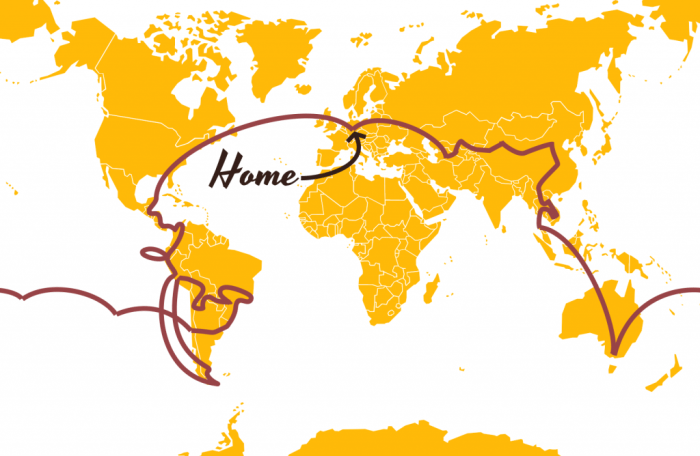
Source: toptravelsights.com
Crafting a truly enriching global journey necessitates meticulous planning beyond the logistics of travel. It’s about immersion, about discovering the heart of diverse cultures, and experiencing the raw beauty of the world. This phase involves not just choosing destinations but selecting experiences that resonate deeply with your personal interests and aspirations. The tapestry of global experiences is vast, demanding careful consideration and meticulous planning to ensure a fulfilling adventure.
Potential Activities and Experiences
A diverse range of activities awaits across the globe, from exploring ancient ruins to immersing oneself in vibrant local markets. Experiences can range from tranquil hikes through lush rainforests to thrilling expeditions into uncharted territories. Crucially, these experiences should not only entertain but also provide insight into the local culture, history, and environment.
Cultural Experiences
Immersing yourself in local culture is a key aspect of any global adventure. This includes visiting bustling markets, attending traditional ceremonies, and interacting with local artisans. Examples include experiencing a traditional tea ceremony in Japan, learning about the intricate craftsmanship of pottery in Morocco, or partaking in a vibrant festival in India. Engaging with local communities and participating in their daily routines often yields the most profound and memorable cultural experiences.
Historical Sites
Delving into the past is a powerful way to understand the present. Visiting historical sites, from ancient pyramids to iconic landmarks, offers insights into human civilization and societal evolution. For instance, exploring the pyramids of Egypt, the Great Wall of China, or the Colosseum in Rome provides a tangible connection to history. Visiting museums and historical archives in each destination can enrich your understanding of the region’s past.
Natural Wonders
The natural world offers breathtaking landscapes and unforgettable experiences. From soaring mountains to pristine beaches, from cascading waterfalls to vast deserts, the world’s natural wonders provide opportunities for awe and reflection. Consider trekking through the Himalayas, kayaking through the fjords of Norway, or exploring the Amazon rainforest. These experiences not only offer visual splendor but also contribute to an appreciation for the delicate balance of ecosystems.
Sample Itinerary: A 3-Month Global Adventure
This itinerary provides a framework, and can be adapted to individual preferences and time constraints.
| Month | Location | Activities |
|---|---|---|
| Month 1 | Japan | Traditional tea ceremony, visit to temples, hiking in the mountains |
| Month 2 | Morocco | Explore the souks, attend a traditional music performance, hike in the Atlas Mountains |
| Month 3 | India | Visit the Taj Mahal, explore the vibrant markets, attend a Bollywood dance performance |
Importance of Advance Research and Booking
Planning activities in advance is essential for a smooth trip. This allows for securing reservations, managing transportation, and avoiding potential disappointment. Researching reviews, reading travel blogs, and checking accessibility details before booking can contribute to a more seamless experience. For example, popular attractions, especially during peak season, often require advance booking to avoid long queues.
Incorporating Local Experiences, Trip around the world itinerary
Seeking out local experiences provides a deeper understanding of the destination’s culture. This can involve taking a cooking class, visiting local farms, or simply engaging in conversations with locals. Consider local tours or homestays for an authentic cultural immersion. Exploring local markets and interacting with street vendors can also offer valuable insights into daily life.
Essential Documents and Permits
Global travel necessitates meticulous preparation, encompassing a range of crucial documents and permits. Navigating international borders and participating in specific activities often demands adherence to stringent regulations. Failure to comply with these requirements can lead to delays, denials, or even legal repercussions. A comprehensive understanding of necessary documents and permits is paramount for a smooth and successful journey.Careful planning and proactive action are vital for securing the required documents and permits.
Pre-trip preparations minimize potential disruptions and ensure a seamless travel experience. Understanding the application processes, required information, and potential challenges is crucial for successful application and timely processing.
Passport Requirements
A valid passport is a fundamental requirement for international travel. It serves as official identification and allows entry into various countries. The passport must be valid for at least six months beyond the intended stay in the destination country. Ensure the passport has sufficient blank pages for visa stamps and entry/exit records. Verify the passport’s validity and potential expiry dates well in advance to avoid unforeseen delays.
Visa Requirements
Visas are necessary for many countries. The specific visa requirements vary significantly based on the traveler’s nationality and the destination country. Visa application procedures also differ substantially among countries. Thorough research into the specific visa requirements for each country is crucial to avoid complications. Apply for visas well in advance of your travel dates to allow for processing time.
Travel Insurance
Travel insurance is an indispensable component of any global trip. It offers protection against unforeseen circumstances, such as medical emergencies, lost luggage, trip cancellations, or other disruptions. Insurance coverage should include comprehensive medical expenses, emergency evacuation, and potential trip cancellations. A pre-trip medical check-up is also advisable. Review policy details, including coverage limits, exclusions, and emergency contact information, thoroughly.
Required Permits for Specific Activities
Certain destinations and activities may necessitate specific permits. These permits might be needed for trekking, wildlife viewing, cultural events, or other experiences. Research the specific permits required well in advance, as the process may involve application forms, fees, and documentation.
Essential Documents Checklist
- Passport (valid for at least six months beyond intended stay)
- Visa (if required, obtain well in advance)
- Travel insurance policy (comprehensive coverage)
- Copies of important documents (passport, visa, itinerary)
- Emergency contact information (family, friends, embassy)
- Copies of all travel documents including tickets and reservations
Visa Application Procedure
Visa application procedures vary greatly by country. Generally, applicants need to complete an application form, provide supporting documents (proof of funds, travel itinerary), pay fees, and attend interviews (depending on the country). Contact the embassy or consulate of the destination country for detailed instructions. Use online resources and consult with travel agents for additional assistance.
Significance of Travel Insurance
Travel insurance provides financial protection against unforeseen events, ensuring peace of mind during travel. Comprehensive medical coverage is crucial for unexpected illnesses or injuries abroad. It also covers lost or damaged belongings, trip cancellations, and other unforeseen situations. Evaluate various insurance options to select the most suitable plan for your specific needs and budget.
Health and Safety Considerations
Global travel necessitates proactive measures to mitigate potential risks. Careful planning, encompassing vaccinations, necessary medications, and emergency preparedness, is crucial for a safe and enjoyable experience. Understanding local customs and regulations further enhances the traveler’s security and well-being.International travel often exposes individuals to diverse health challenges. Recognizing these potential risks and taking appropriate precautions ensures a more secure and comfortable journey.
Planning a trip around the world? Consider incorporating local experiences into your itinerary, like exploring the scenic walking parks near you. This could be a great way to familiarize yourself with the different landscapes and cultures before embarking on your grand adventure. Ultimately, integrating these local explorations into your trip around the world itinerary can enhance your travel experience.
walking parks near me offer a unique perspective. A trip around the world shouldn’t just be about distant destinations, but also about appreciating the beauty around you.
This includes preventative measures like vaccinations, and carrying essential medications and emergency contact information. Being prepared for unexpected situations, and familiarizing oneself with local customs, safeguards the traveler’s well-being.
Vaccinations and Required Medications
A comprehensive vaccination schedule is vital for safeguarding against infectious diseases prevalent in various regions. Proper planning and adherence to recommended timelines are essential for maintaining health during the trip. Consult with a healthcare professional well in advance of your departure to discuss necessary vaccinations.
| Vaccination | Schedule (Approximate) | Notes |
|---|---|---|
| Yellow Fever | Generally, 10-14 days before travel | Essential for countries in Africa and South America. |
| Typhoid | Typically, 1-2 weeks before travel. | Important in regions with potential contamination risks. |
| Hepatitis A | Usually, 4-6 weeks before travel. | Necessary in areas with less stringent sanitation. |
| Measles, Mumps, Rubella (MMR) | Check personal vaccination records | Especially relevant for travelers to countries with potential outbreaks. |
Note that this table provides general guidelines. Individual requirements may vary based on specific destinations and health conditions.
Staying Safe in Unfamiliar Environments
Traveling to unfamiliar locations demands awareness of potential safety concerns. Being vigilant and observant, understanding local customs, and avoiding risky situations are essential for a secure journey. Maintaining situational awareness is key to staying safe.
- Be aware of your surroundings. Avoid walking alone at night in poorly lit areas.
- Inform someone of your itinerary, including accommodation details and planned activities.
- Be cautious about accepting drinks or food from strangers.
- Familiarize yourself with local laws and customs.
- Carry a copy of your passport, visa, and other essential documents.
These precautions contribute significantly to the safety and well-being of travelers.
Protecting Personal Belongings and Valuables
Maintaining the safety of personal belongings is paramount. Implementing measures to prevent theft and loss ensures a stress-free journey. This includes storing valuables securely and being mindful of your surroundings.
- Avoid displaying expensive jewelry or electronics.
- Store passports and other important documents in a secure place, preferably a hidden pocket.
- Use reliable and secure transportation methods, particularly when traveling in congested areas.
- Do not leave luggage unattended in public areas.
- Consider using a travel-sized, anti-theft backpack for daily use.
These tips will help minimize the risk of theft and ensure the safety of your possessions.
Emergency Contact Information
Knowing how to access emergency assistance is critical during a trip. Having readily available contact information for local embassies, consulates, and emergency services ensures prompt assistance. Familiarize yourself with the local emergency services number and keep it handy.
Crafting a trip around the world itinerary often involves meticulous planning, considering diverse destinations. A crucial element of this involves researching the best places to go backpacking in the world, like Southeast Asia, South America, or Eastern Europe. This comprehensive resource offers invaluable insights for budget-conscious travelers seeking incredible experiences. Ultimately, a well-researched itinerary will ensure a rewarding and memorable journey.
Contact information for local embassies and consulates should be readily available.
- Maintain a list of emergency contact numbers for embassies and consulates.
- Download emergency contact apps that provide instant access to relevant information.
- Carry a copy of your emergency contact information.
This ensures quick access to support when needed.
Flexibility and Adaptability

Source: novo-monde.com
A global journey demands a flexible spirit and the ability to adjust to unexpected situations. Unforeseen circumstances, from flight delays to sudden illness, are inevitable. Embracing adaptability allows for a more enriching and spontaneous experience, transforming potential setbacks into unique adventures. This approach empowers travelers to seize opportunities that arise and create memories beyond the planned itinerary.Navigating the complexities of international travel requires the ability to adjust to changing conditions.
This flexibility is crucial for a rewarding and memorable experience, not just surviving the trip. A rigid schedule can stifle the unexpected joys that often define the best travel moments.
Adjusting the Itinerary
Flexibility allows for real-time course correction. Unexpected delays, such as weather-related flight cancellations, can be accommodated by altering the route or finding alternative accommodations. Personal preferences and discoveries along the way may influence decisions to spend more time in certain locations or cut short stays in others. Adjustments to the budget or spending habits can be made to align with the emerging experience.
Dealing with Unexpected Delays or Changes
Developing a contingency plan for potential delays is essential. This includes alternative transportation options, backup accommodation plans, and communication strategies for connecting with support systems. Having a flexible approach to scheduling allows for adapting to unexpected delays and still maintaining a good pace of travel.
Spontaneous Adventures
Incorporating spontaneous adventures into the itinerary enhances the overall travel experience. Openness to unplanned detours and encounters with local culture adds depth and authenticity. This might involve taking a day trip to a nearby town, participating in a local festival, or simply getting lost in a vibrant neighborhood.
Examples of Enhanced Experiences
One traveler, initially disappointed by a cancelled train ride, ended up taking a scenic bus route that offered breathtaking views and unexpected encounters with local artisans. Another traveler, inspired by a street performer’s music, decided to extend their stay in a city, discovering hidden cafes and local markets. These examples demonstrate how adaptability allows for serendipitous discoveries that elevate the overall travel experience.
Final Summary
In conclusion, a trip around the world is a remarkable undertaking. By meticulously planning your itinerary, you can transform your global adventure into a deeply enriching and memorable experience. This guide serves as a starting point, empowering you to create a personalized journey that aligns with your interests and resources. From meticulously calculating your budget to carefully choosing your activities, every element of planning plays a crucial role in ensuring your trip is everything you’ve imagined and more.
Essential FAQs
What are some unexpected costs associated with a trip around the world?
Hidden expenses like visa fees, unexpected medical needs, or fluctuating exchange rates can significantly impact your budget. Thoroughly researching and accounting for these potential costs is crucial for a smooth trip.
How can I make the most of my time in each destination?
Research local events, festivals, and hidden gems beyond the typical tourist attractions. Engage with locals to gain unique insights and discover authentic experiences.
What if I encounter unforeseen circumstances during my trip?
Building in flexibility and having a backup plan is essential. Knowing how to adapt to unexpected delays or changes is crucial for maintaining a positive outlook and ensuring your journey stays on track.
What are the best ways to find affordable accommodations on a trip around the world?
Consider hostels, guesthouses, and Airbnb for budget-friendly options. Research off-season travel and explore less-touristy destinations for potentially lower prices.

